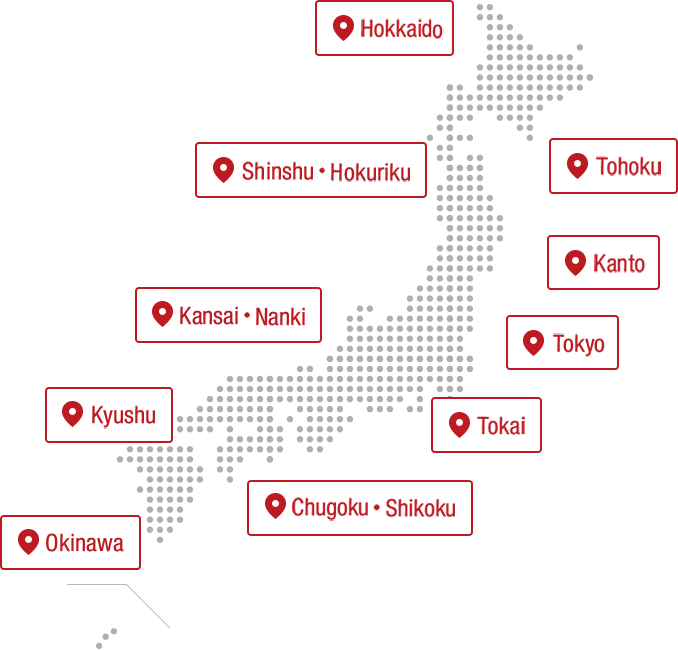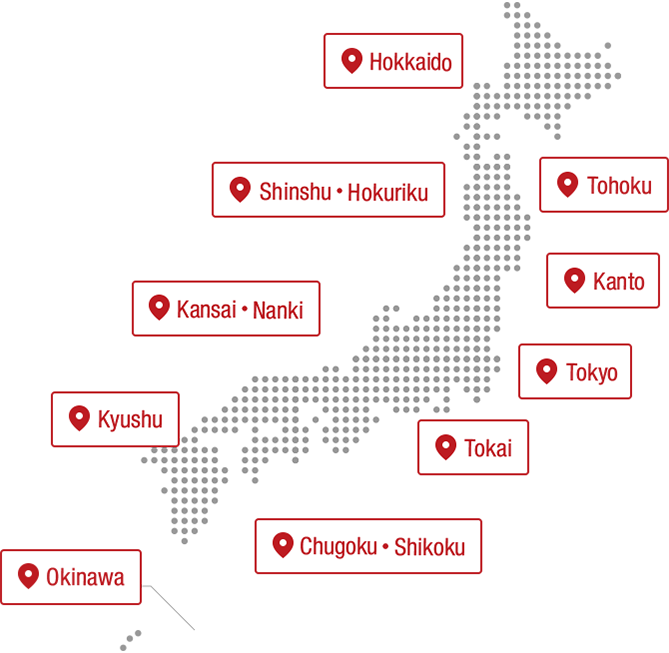We will be taking a walk around the city using public transport. We will be taking you on a journey to enjoy the city while experiencing its history and culture. This time, we will start from Komatsu City and Kaga City, which are known as Minami Kaga in Ishikawa Prefecture, and then proceed to Fukui Prefecture, heading south to Fukui City, Sabae City, and Echizen City!

Ai Nishimura
Administrator of the blog "My Diary," which began in 2004. A writer who has traveled to all 47 prefectures and loves local culture and history.
Author of Shimane's "Geography, Place Names, and Maps" Mysteries (Jitsugyo no Nihonsha), My Town is the "Number One in Japan" Dictionary (PHP Institute), and Prefectures Explained in Neko Neko Japanese History (Jitsugyo no Nihonsha). Official blogger for Suntory Gourmet Guide, official top user for Retty, and official platinum blogger for Excite.

Natadera Temple, an ancient temple in the Hokuriku region, celebrates its 1,300th anniversary this year!
It takes about an hour from Haneda Airport to Komatsu Airport. At the end of the flight, we were able to see the pure white snow-capped Mt. Hakusan. Mt. Hakusan is a sacred mountain that is counted among Japan's three sacred mountains along with Mt. Fuji and Mt. Tateyama, and is a base for mountain worship. When traveling in Hokuriku, the words "Mt. Tateyama" and "Mt. Hakusan" often come up. They are symbols of the homelands of the people of Hokuriku.
Well, the first place we arrived at was "Natadera Temple". At first I couldn't read it... It's pronounced "Natadera". It's a strange pronunciation, but I'll explain why it got such a name later.
From Komatsu Airport, you can get to Natadera Temple by taking a bus bound for Natadera Temple from the bus stop in front of Komatsu Station. Wow, this is so convenient! This bus seems to be used by local residents as well, and it passes through the hospital and the town on its way to Natadera Temple. On the way, there are many houses with red tiled roofs! Many of them are impressive houses with heavy roof tiles, which really caught my attention, as I grew up in a red tile producing area.
Beautiful mountains seen before arriving at Komatsu Airport. (Photo taken with a smartphone)
It takes about 10 minutes from Komatsu Airport to Komatsu Station. From there, transfer to a bus bound for Natadera Temple and head to Natadera Temple.
Let's start our walk around Natadera Temple! The temple gate is decorated with a five-colored curtain commemorating the temple's 1,300th anniversary. This is a temple that Matsuo Basho also visited.
Kondo Kaoden. A gorgeous vermilion-painted building. Built in 1990. It houses the same "Eleven-faced Thousand-armed Kannon" as the principal image of this temple. Photography is prohibited inside.
You can't touch the Kannon, but there is a red rope that connects from the Kannon's hand to the square stupa at the front. If you touch this stupa, you will receive the same benefits as if you touched the Kannon. Instead of touching it, I hugged it (lol).
Special viewing: Shoin and Kuri Garden. It costs an additional 200 yen, but it's worth seeing. It was built by Maeda Toshitsune, the second lord of the Kaga domain, as a base for directing the reconstruction of Natadera Temple. It is a national important cultural property (hereafter referred to as Important Cultural Property).
A garden with moss and lanterns and garden stones, seen from the Shoin. I feel like just relaxing here and doing some social media.
The garden continues from the Shoin to the back. In spring, you will be greeted by flowers blooming one after another, such as andromeda, rhododendrons, cherry blossoms, and azaleas. This garden can be enjoyed all year round, with fresh greenery in early summer, autumn leaves, and snowy scenery in winter.
The mysterious natural rock formations known as Sanzon-seki are revered as they resemble the Amida Triad. It's definitely worth a visit!
A clear river flows through the garden, and in April, skunk cabbage blooms beautifully.
From Ryubien, you can see the Kondo Kaoden Hall. You can just go around the back of it and out to the other side. This is the garden that is open to the public only.
An old house named Fumonkaku. It was relocated from the Haruki family home at the foot of Mt. Hakusan. It has many thick beams, as you would expect from a structure in a place with deep snow. A hidden highlight is the map of Japan created by Ino Tadataka. It is surprisingly accurate.
Through the approach to the main hall
The reason why Iwaya-dera became "Natadera" also speaks to the importance of Natadera as a sacred place. The name means that Natadera is a sacred place worthy of completing the "Pilgrimage to the Thirty-Three Temples of the Western Provinces," the oldest form of pilgrimage in Japan, which involves visiting all the temples with Kannon Bodhisattva in Gifu, Shiga, Kyoto, Osaka, Hyogo, Nara, and Wakayama. The name "Natadera" is an abbreviation of the initials of Seiganto-ji Temple on Mount Nachi (Wakayama), the first temple of the Thirty-Three Temples of the Western Provinces, and Kegon-ji Temple on Mount Yagumi (Gifu), the 33rd temple.
In other words, anyone who visits Natadera Temple can visit all 33 temples in the Saigoku Kannon Pilgrimage, and right now they can even see the temple opening to commemorate the 1,300th anniversary of the temple's founding.
You have to go to Natadera this year! Hurry! Ends October 31st.
After arriving at Haneda in the morning, we were able to finish sightseeing at Natadera Temple in just a few hours (if you want to take your time, prepare to spend about an hour and a half just at Natadera Temple).
From here we will travel around the Kaga region.
Finally, we head towards the main hall. The approach to the shrine continues straight ahead, with fresh greenery and moss along the side. The fresh air is soothing...!
Natadera Temple is also a popular date spot for locals. There are many maples, and in autumn the contrast between the fiery red leaves and the moss is magnificent.
On the left, the "Kigan Yusenkyo" came into view. You will be overwhelmed by its grandeur. There is also an Inari shrine built by digging stairs directly into the ground. It is said that it is slippery on rainy days. As its name suggests, before it was called "Natadera" it was called "Iwaya-dera", and it is a place full of spiritual energy where the temple was made from the rock mountain itself.
Daihikaku. We arrived at the main hall of this temple. It is a national important cultural property built 375 years ago. Behind it is a rocky mountain that juts out, and the principal image is placed in the hollowed-out area. The worship hall in front is raised to match the height of the main image.
What I found interesting was that even though this is a temple, there are lion-dog statues at the entrance. Also, like most temples, this place is not called the "main hall" but the "main hall." This is probably a remnant of the time when Shinto and Buddhism were syncretized.
This is the view you get when you go up to the main hall. Kaga was originally a place where faith in Mt. Hakusan was deeply rooted. It feels like you are seeing the roots of the people who went about their daily lives feeling a sense of reverence for nature and coexistence with nature that goes beyond religion. (The main hall's principal image will be open to the public until the end of October 2017.)
The building continues from the worship hall to the Karamon gate and the main hall. It really does look like a shrine (photography is prohibited inside). The outside transom is also something to see. It has two layers, one from the front and one from the back, so it looks different.
You will walk around the temple grounds surrounded by greenery on all sides, as if you are walking along a narrow mountain path.
A three-story pagoda, a national important cultural property. It is like a department store of important cultural properties. It houses the Vairocana Buddha.
Goma Hall. A national important cultural property. A building with a gracefully curved roof. This was also built during the time of Toshitsune Maeda.
Bell tower. National Important Cultural Property. The base is made of stone and is covered with trapezoidal wainscoting. The bell is placed inside the building. When you look at the whole building, it is built with amazing balance.
If you climb up to the newly constructed observation deck, you can get a panoramic view of the strange rock formations. There are many caves in the rocky mountains of Natadera Temple, and it is said that by passing through the main hall, you will be reborn as a purer version of yourself, as it is believed to represent rebirth from the mother's womb.
I walked around and returned to the approach to the temple near the mountain gate. It was Natadera Temple, a temple with a mysterious spiritual aura. It takes a little over an hour to walk around the temple. There are many mountain paths and stairs, so I recommend wearing comfortable shoes.
Read the second part here
The contents published are accurate at the time of publication and are subject to change.





































